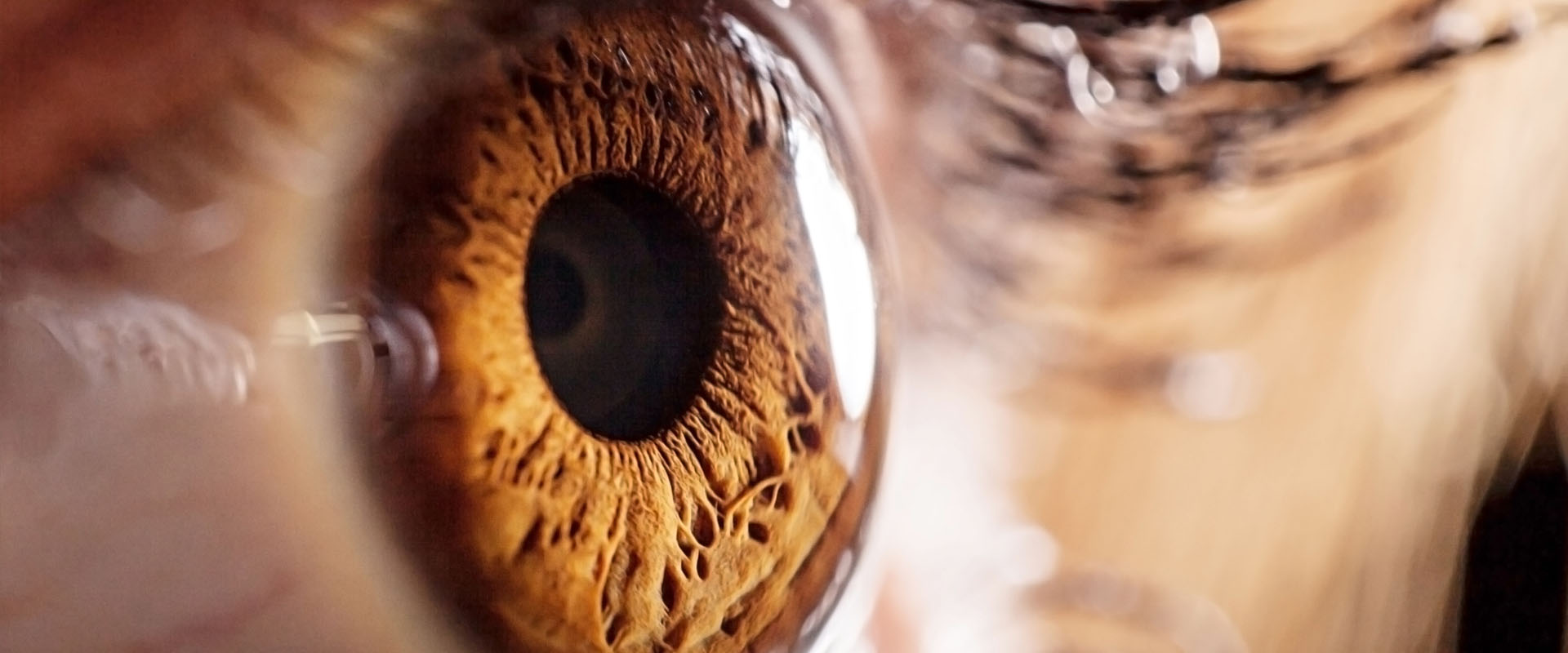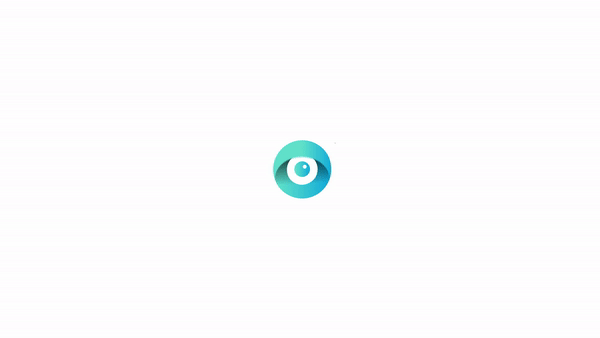
Retina Care
Best Vision provides you with comprehensive treatment for retinal disorders. The retina is a thin layer of neural cells that lines the back of the eyeball of vertebrates and some cephalopods. It is comparable to the film in a camera. In vertebrate embryonic development, the retina and the optic nerve originate as outgrowths of the developing brain. Hence, the retina is part of the central nervous system (CNS). It is the only part of the CNS that can be imaged directly. Retinal diseases can affect the area of the retina that serves your central vision (the macula and the fovea at the center of the macula). Many retinal diseases share common symptoms and treatments, but each has unique characteristics. The goal of retinal disease treatments is to stop or slow disease progression and preserve, improve or restore vision.
- Eye Anatomy
- Macular Degeneration
- Diabetic Retinopathy
- Epiretinal Membrane (Macular Pucker)
- Macular Hole
- Retinal Detachment
- Free Amsler Grid
Our Retina Care Services
Retinal diseases can affect the area of the retina that serves your central vision (the macula and the fovea at the center of the macula). Many retinal diseases share common symptoms and treatments, but each has unique characteristics. The goal of retinal disease treatments is to stop or slow disease progression and preserve, improve or restore vision.
Diabetic Retinopathy
The disease can be detected by viewing the retina with instruments that illuminate and magnify the structures of the eye. If Diabetic Retinopathy is found, a series of photographs are taken as a dye travels through the retinal vessels. Treatment of the disease depends on the location and degree of damage to the retina. If retinopathy occurs in the peripheral retina, careful monitoring of the disease may be all that is necessary. When retinopathy affects the macula and central vision, laser treatments may be necessary. Early detection and management of the disease are key. Getting a comprehensive eye exam annually is the best protection against the progression of Diabetic Retinopathy. Even when no symptoms are noticed, a diabetic patient should have frequent eye examinations, as recommended by their doctor.
Retinal Tears
A Retinal Tear is a serious condition and requires immediate attention. It occurs when the retina partially detaches from the back wall of the eye. Typically found in people age 40 and over, Retinal Tears are exhibited by unusual flashes of light and black spots (or lines) in the field of vision. Surgery is required to treat tears and is typically performed by special lasers.
Macular Degeneration
Macular degeneration, also known as Age-Related Macular Degeneration (AMD), is typically a natural result of the aging process. It often causes blurriness and reduces our ability to perform detailed tasks. Fortunately, there are a number of therapies and medications that we can administer to manage and slow this type of vision loss and, in some cases, even improve sight. Quite often, low-vision aids are used by patients to magnify areas for easier reading and to complete other detailed tasks. While most patients suffer from Dry AMD, a few can develop leakage of blood vessels around the retina, known as Wet AMD, and that requires its own unique treatment. For Wet AMD patients, we’ve found Lucentis or Avastin treatments work well. Working with you to determine which treatment is best for you, we’ll inject medication into the eye to stabilize or even improve your vision in some instances—so you can keep up with your daily activities

